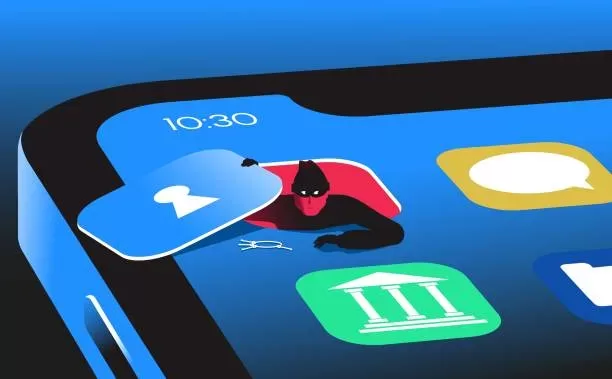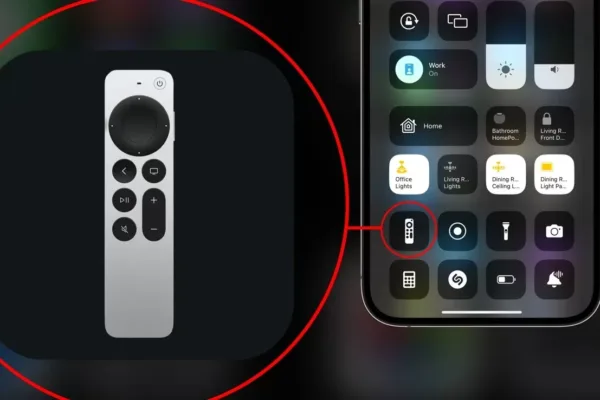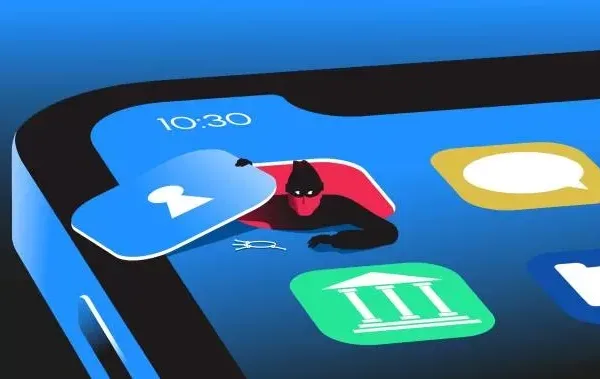The act of tracking a phone can be for different purposes; monitoring family members, monitoring children, or following a lost phone. In this guide, you will be learning various techniques and ways of how to track a phone. It will elaborate on the type of tracking possible, the legal aspects of it, and the detailed process of how to track a phone.
Understanding Phone Tracking
Telephone location can be defined as the means of identifying the physical position of a portable cellular terminal. This can include GPS, WI-FI, cellular networks, and or applications that are resident on the device. For this reason, being in a position to track a phone comes in handy bearing in mind that this acts as a safety measure in case of an attack or when one feels that they are at risk.
If you’re interested in managing your family’s online safety, you might also want to check out our article on how to block websites on iPhone to control what content your children can access.
Types of Phone Tracking
1. GPS Tracking:
Many smartphones already have GPS built-in. This is a location tracking system that would track any device’s location accurately. This process is usually applied for tracking the apps.
2. Wi-Fi Tracking:

When a phone goes online through a Wi-Fi connection then the location of the phone could be estimated depending on the location of the Wi-Fi network.
3. Cellular Network Tracking:
It is also important to note that through the GPS the mobile carriers can locate the phone using the cell towers. It is not as accurate as GPS, but depending on the location when the phone is lost, the user can get a general area of where it might be.
4. Tracking Apps:
There are so many applications in the market that are designed to assist in tracking a device. Most of these apps utilize GPS as well as Wi-Fi and cellular data to deliver current location data.
Moreover, consider reading about how to disable windows defender for useful tips when accessing the internet.
Legal Considerations
It is therefore important to establish the law before one straps a phone to carry out this task. Stalking is unlawful; therefore, spying or following someone without their permission is unlawful as well. In all circumstances make sure that the owner of the phone has allowed you to monitor his or her phone.
How to Track a Phone Using Built-in Features
Most smartphones come with built-in features that allow users to track their devices. Here’s how to use these features effectively.
For iPhone Users
- Find My iPhone: This is a built-in feature that allows you to track your iPhone’s location.
- Setup: Go to Settings > [Your Name] > iCloud > Find My iPhone. Turn on Find My iPhone.
- Tracking: Use another Apple device or log in to iCloud.com. Select “Find iPhone” to see the device’s location on a map.
- Family Sharing: This feature allows family members to share their locations with each other.
- Setup: Go to Settings > [Your Name] > Family Sharing > Location Sharing. Choose to share your location with family members.
For Android Users
- Find My Device: Similar to Apple’s feature, this allows you to track your Android device.
- Setup: Go to Settings > Security > Find My Device. Ensure it is enabled.
- Tracking: Visit google.com/android/find and log in with your Google account. You will see your device’s location on the map.
- Google Maps Location Sharing: You can share your real-time location with friends and family.
- Setup: Open Google Maps, tap on your profile picture, and select “Location sharing.” Choose who to share with and for how long.
Using Third-Party Apps for Tracking
If the built-in features do not meet your needs, several third-party apps can help track a phone. Here are some popular options:
- Life360: This family locator app allows family members to share their locations in real-time. It also includes features like driving reports and location alerts.
- Glympse: This app lets you share your location temporarily with others. You can set a timer for how long you want to share your location.
- Find My Friends: This app allows you to see where your friends are located if they choose to share their location with you.
If you’re looking for more ways to manage your devices, consider reading about how to transfer data to a new iPhone, which can help you set up new devices effectively.
How to Use a Tracking App
- Download and Install: Go to the app store on your device, search for the app, and download it.
- Create an Account: Most apps require you to create an account. Follow the prompts to set up your profile.
- Invite Contacts: If the app allows, invite friends or family to share their locations with you.
- Start Tracking: Once set up, you can view the locations of the people who have shared their location with you.
Specialized Tracking Software
In certain scenarios, specialized tracking software can be used for more in-depth tracking. This is often used by businesses or for parental control. Here are some options:
- Mobile Spy Apps: These apps can monitor phone activity, including location, calls, texts, and app usage. Examples include:
- mSpy: Offers comprehensive tracking features, including GPS location and social media monitoring.
- FlexiSPY: Provides advanced tracking capabilities, including call recording and access to messages.
- Installation: Most of these apps require physical access to the device for installation. Once installed, they can run in the background without the user’s knowledge.
- Legal and Ethical Considerations: Using such software without the consent of the person being tracked can lead to serious legal consequences. Always ensure that you have permission before installing any tracking software.
Tips for Effective Phone Tracking
To ensure that your phone tracking efforts are effective, consider the following tips:
- Keep Software Updated: Whether you are using built-in features or third-party apps, make sure your software is always updated. This ensures you have the latest security features and improvements.
- Use Strong Passwords: Protect your tracking apps and accounts with strong passwords to prevent unauthorized access.
- Check Permissions: Regularly review the permissions granted to tracking apps. Make sure that only trusted apps have access to your location data.
- Educate Family Members: If you are using tracking features for family safety, educate your family members about how these features work and why they are important.
- Test the Tracking Features: Before relying on any tracking method, test it to ensure it works as expected. This is especially important for apps and services that may have varying levels of accuracy.
For additional insights into managing technology effectively, check out our article on how to get help in Windows, which provides troubleshooting tips for various tech issues.
Final Words
Knowing how to track a phone can provide peace of mind for many users. Whether you use built-in features or third-party apps, it is essential to ensure that you have permission to track someone’s device. Always prioritize privacy and legal considerations when tracking a phone.











